The Exit 8
- 1
- 2
The Exit 8 developed by Kotake Create draws its inspiration from the aesthetic of liminal spaces, a concept that evokes feelings of transition and surrealism. Set in a Japanese metro system, The Exit 8 immerses players in a nearly empty underground passage, creating an atmosphere of eerie isolation. The primary challenge for the protagonist is to escape this seemingly endless and desolate passageway. As players progress through The Exit 8, they will encounter a repetitive environment reminiscent of the corridor from P.T., the interactive teaser for the canceled Silent Hills. This repetition adds to the game’s unsettling ambiance, further heightened by the presence of a man with a briefcase walking past the player. According to the game’s description on Steam, escaping this ominous loop and finding the elusive Exit 8 requires players to meticulously explore their surroundings for specific anomalies.
The developers of The Exit 8 describe the game as a brief walking simulator, inspired by the Japanese underground passageways and backroom spaces. These liminal spaces are transitional areas that often feel eerie and surreal, such as unnaturally empty bustling places. The concept of backrooms, representing an endless labyrinth of random rooms, serves as a primary influence for the game. “The Exit 8” promises to deliver an experience that blends the ordinary with the extraordinary, challenging players to navigate through its mysterious and surreal world.
The Exit 8 stands as a shining example of how minimalist games can transcend their basic nature to offer a rich and engaging experience. Contrary to the stigma often attached to minimalist titles, this game demonstrates that simplicity in design does not equate to a lack of depth or enjoyment. Garnering positive attention for its innovative concept and replayability, The Exit 8 sets itself apart, creating an aura of intrigue and challenging preconceptions about what minimalist games can achieve. At its core, The Exit 8 is an exploration of the labyrinthine world of Japanese underground tunnels, capturing the essence of the daily commuter’s struggle against a backdrop of repetitive scenery and signage. The game brilliantly translates this mundane reality into a conceptual gameplay experience, inviting players to dive into a dystopian world where the seemingly simple task of finding an exit becomes a test of perception and endurance.
The Looping Challenge of Exit 8
In The Exit 8, players find themselves walking through the same passageway repeatedly, with the sole objective of finding exit number 8. The challenge, however, lies in breaking the linear walking cycle. Players must be vigilant, looking out for subtle anomalies or changes in the environment. Upon spotting something unusual, the key to progressing is to walk backward, retracing steps to break the repetitive loop.
A Test of Patience and Perception
The game’s mechanics are deceptively simple yet ingeniously challenging. Identifying the nuanced changes in each loop requires sharp attention to detail. Without it, players risk being caught in an endless cycle of walking, contradicting the game’s promise of a maximum one-hour playtime. This aspect of gameplay raises questions about the player’s approach and whether they are suited for the cerebral challenges The Exit 8 presents. Beyond its core mechanics, The Exit 8 excels in its visual and atmospheric design. The game’s environment is meticulously crafted to complement the gameplay, immersing players in a setting that is both familiar and uncanny. The attention to visual detail enhances the overall experience, making the game more than just a task of finding the right path.
The Exit 8 stands as a testament to the potential of minimalist games. It challenges players to engage intellectually with the game, rewarding those with the patience and wit to unravel its puzzles. While it may not be The Stanley Parable, it deserves recognition as a high-caliber title within the realm of short, impactful games, offering a unique and memorable gaming experience.
Spoiler alert!
How to pass the game
To begin your journey in The Exit 8, it’s crucial to memorize the appearance of the initial room. This will serve as your reference point throughout the game. Your goal is to escape the metro, and the key to this is recognizing when a room appears different from the original setup.
The Importance of Posters
Pay close attention to the posters as you progress through the game. A significant indicator of change is the eyes on these posters – they should remain stationary. As you pass by them, make sure to check whether they move. Any movement is a cue for you to turn around and go back.
Critical Elements to Monitor
- Doors, Ventilation, and Signs
Doors: There should only be two doors in each room. Be vigilant for any deviations from this pattern.
Ventilation: Watch out for black liquid dripping from the ventilation ducts. This is a sure sign that something is amiss.
Signage: The symbols on signs may change places. This is another indicator that you should reverse your steps.
- Camera and Lamps
The camera should not blink. If it does, it’s a signal that you’re in an altered room.
Lamps should remain static. Be wary of any flickering or irregular patterns in their behavior.
- Tracking Your Progress
With each correct step you take, the number on the screen will increment by one. Continue this pattern until you reach the number eight. This indicates you’re on the right path to escaping the metro.
The Exit 8 is filled with various anomalies, not all of which are listed here, but this guide should give you a solid understanding of what to look out for. Remember, if something in the room feels off, trust your instincts and backtrack. Successfully navigating these anomalies is the key to your survival and eventual escape from the metro’s labyrinth. Stay observant, stay cautious, and good luck in your journey through The Exit 8.



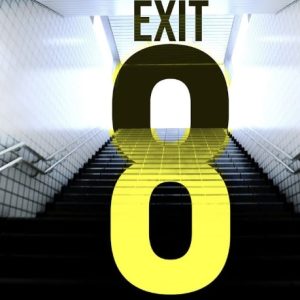





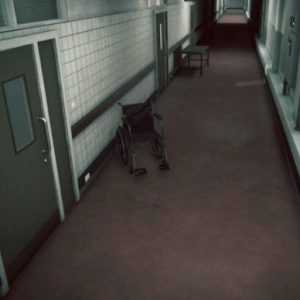
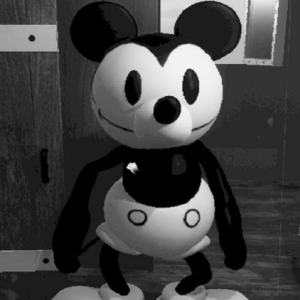



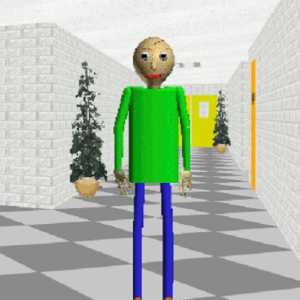


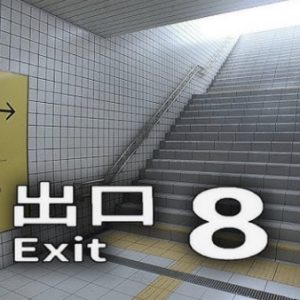

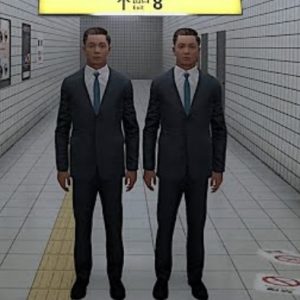






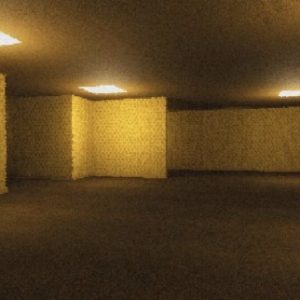


a maze to get out of